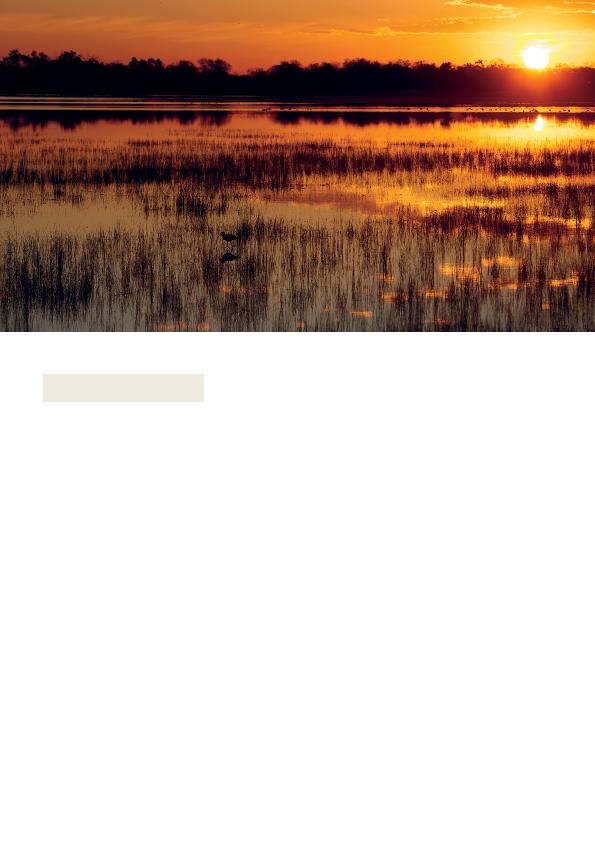
preserve the healthiest remaining
tracts of land and manage the threats
to biodiversity accordingly.
managing land of outstanding conservation
value and also by building partnerships with
traditional owners, private landholders and
other conservation and land management
organisations. This year we have seen
significant progress towards achieving
Goal 1.
landowners, Tas
of Australia's 15 biodiversity hotspots. Only
remain. These endangered grasslands provide
a refuge for threatened plants and animals,
including the endangered Tasmanian devil.
achieving tangible results. Stewardship
agreements, funded through the Midlands
Conservation Fund, have just been signed
with ten local landowners and cover 2600
hectares. These agreements will help to
protect some of the most threatened species
and communities left in the northern
Midlands, including the critically endangered
Lowland Native Grasslands and extremely
rare species such as the Tunbridge leek orchid
and the grassland greenhood.
was purchased in October 2012. It is located
in the heart of the healthiest floodplain
in the Murray-Darling Basin. The 14 400
hectares of wetlands, woodlands and mulga
shrublands that make up the reserve are
cradled by the Cuttaburra Creek. This creek
connects the Warrego River with the Paroo
River, the last unregulated river system
in the Murray-Darling Basin. With no
significant dams or diversions, floodwaters
from the Warrego and Paroo rivers fill the
abundance of channels, wetlands, swamps
and lakes on Naree Station. This triggers a
chain of ecological responses that ultimately
bring in waterbirds by their thousands to
breed. The riches of the Cuttaburra channels
place Naree among the 20 most important
wetlands for waterbirds in Australia.
Naree. We must ensure that the life-giving
waters of the Warrego and Paroo rivers
continue to flow unimpeded onto Naree,
that feral goats, pigs, foxes and cats are
controlled, and that the vegetation structure
in the woodlands and shrublands is restored.
We will also continue to engage with the
Budjiti traditional owners, our neighbours,
local organisations and the Environmental
Water Trust to build a regional approach to
maintaining a healthy Cuttaburra landscape.
more viable for farmers than
traditional conservation
underpinned by a fund
Australia Vice President.
Naree Station Reserve, NSW.
Photograph by Peter Morris
are organised under six strategic goals. Here, we
describe these goals and report on our progress.